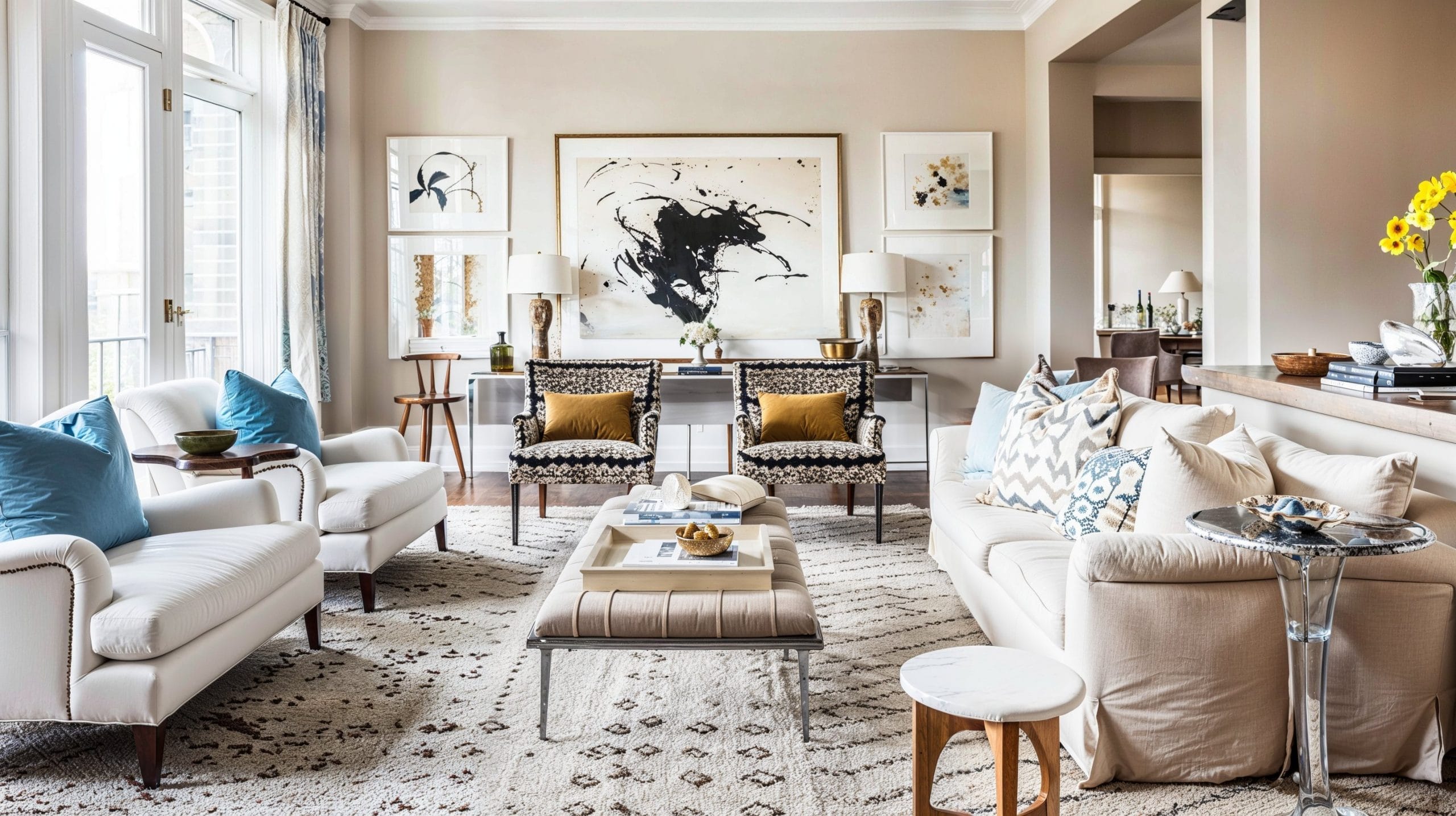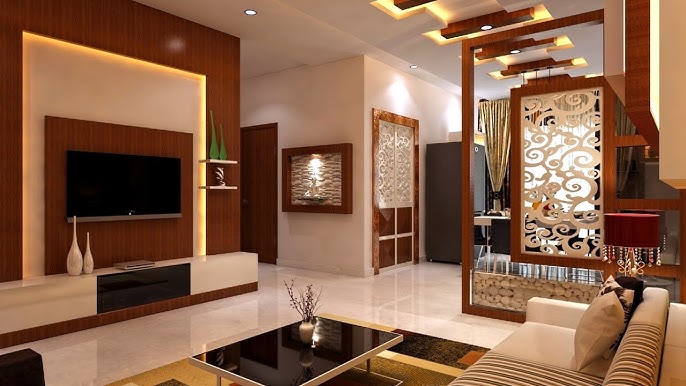Discover luxury interior design for an elegant touch.
Discover luxury interior design for an elegant touch.
Blog Article
Transform Your Home With Crucial Concepts of Inside Design and Aesthetic Appeals
The art of transforming your home through the important principles of interior decoration and looks requires a thoughtful approach that harmonizes color, equilibrium, and spatial recognition. By recognizing the impact of color concept and the value of appearance and patterns, one can develop rooms that are not just aesthetically enticing however likewise deeply personal. Achieving this equilibrium entails more than plain decor; it incorporates a calculated plan and a keen understanding of how each element connects within a room. As we check out these foundational concepts, take into consideration exactly how they may redefine your understanding of home and personal expression.
Recognizing Color Concept
Understanding the concepts of shade theory enables developers to create areas that reverberate psychologically with residents while satisfying useful requirements. Each classification plays a critical role in establishing consistency within a room.
The psychological effect of shades is extensive; cozy hues such as reds and oranges evoke energy and heat, while trendy tones like blues and greens promote calmness and harmony. In addition, using complementary colors improves visual rate of interest, developing striking contrasts that can boost a room's appeal.
Neutral shades, on the other hand, work as a versatile backdrop, allowing various other layout elements to beam. It is important to consider factors such as lighting and the room's purpose when selecting a shade scheme, as these can modify the assumption of colors throughout the day.
Ultimately, a well-considered color system can change a space, cultivating a feeling of comfort and style that aligns with the residents' preferences. Proficiency of shade concept is, as a result, a crucial skill for any interior developer intending to produce harmonious and welcoming atmospheres.
Accomplishing Balance in Layout
Just how can designers achieve a feeling of stability in their areas? Achieving equilibrium in layout is essential to creating unified interiors. Designers can make use of three primary kinds of balance: symmetrical, unbalanced, and radial. In proportion balance entails organizing elements equally around a central factor, promoting a sense of order and harmony. This type often includes pairs of furnishings or artwork, boosting visual security.
Asymmetrical equilibrium, on the various other hand, counts on varying aspects that still attain a cohesive appearance. This technique permits more vibrant and informal setups, providing passion while maintaining balance. By carefully choosing differing sizes, colors, and appearances, designers can produce an aesthetically compelling area that really feels balanced yet energetic.
Radial equilibrium stresses a central focal factor with elements emitting outside. This style is frequently seen in circular layouts, where furnishings and decoration create a cohesive surround that draws the eye inward.
Ultimately, accomplishing balance calls for thoughtful factor to consider of range, proportion, and the relationships in between components. miami luxury interior design. By masterfully using these equilibrium principles, designers can change rooms right into settings that really feel both aesthetically pleasing and functionally harmonious, enhancing the overall experience for residents
Value of Spatial Recognition

A keen sense of spatial recognition allows developers to identify prime focus within an area, leading the customer's attention to crucial attributes while keeping a total feeling of unity. It additionally aids in the strategic placement of lighting, which can considerably affect the assumption of space and mood. Comprehending spatial connections allows the designer to cater to the certain requirements of inhabitants, making certain that each location serves its designated purpose without jeopardizing visual appeals.
Eventually, spatial understanding is crucial for optimizing the capacity of any kind of interior space. By thoroughly considering the interplay between dimensions, format, and feature, designers can create atmospheres that not just meet functional demands yet also evoke a feeling of convenience and beauty, improving the overall living experience.
Integrating Structure and Patterns
Accepting a varied array of appearances and patterns can dramatically boost the visual and responsive appeal of an indoor room. The strategic use of numerous materials-- such as timber, steel, fabric, and rock-- creates depth and passion, making a space feel extra inviting and dynamic. Incorporating smooth surfaces with harsh structures can establish a balance that draws the eye and involves the senses.
When incorporating patterns, consider both range and repetition. Huge patterns can act as prime focus, while smaller sized, subtle styles can match various other components without overwhelming the room. Layering patterns, such as pairing flower pillows with striped throws, adds intricacy and a sense of harmony if click to find out more implemented thoughtfully.
It is also crucial to keep a natural color scheme, making sure that textures and patterns collaborate instead of compete for interest. By selecting a few essential textures and patterns, you can create a linked visual useful site that shows your individual style while enhancing the general setting of the area. Ultimately, the mindful unification of these elements can change a mundane room right into a sophisticated environment rich with personality and warmth.
Personalizing Your Room
Creating a room that reflects your character is vital to achieving a genuinely welcoming environment. Customization in interior layout allows you to infuse your one-of-a-kind design and rate of interests right into your home, changing it from a mere sanctuary into a shelter that talks with that you are. Begin by choosing a shade scheme that resonates with your feelings-- strong colors can energize, while soft tones supply serenity.
Include art work and design that show your enthusiasms, whether it be traveling, nature, or abstract ideas. Showing individual collections, such as publications, photos, or souvenirs, can evoke valued memories and develop prime focus within an area. Furthermore, take into consideration tailoring useful pieces, like upholstered furnishings, to align with your visual choices.

Final Thought
In verdict, the transformation of a home via the necessary principles of interior decoration and aesthetics requires an extensive understanding of color concept, equilibrium, spatial recognition, structure, and customization. Each component adds considerably to developing a harmonious and functional living environment - luxury interior design. By thoughtfully incorporating these principles, people can boost the aesthetic charm and psychological vibration of their rooms, ultimately cultivating a home that shows distinct identifications while supplying comfort and practicality
Report this page